In recent years, virtual learning has rapidly transformed the landscape of education. But what is virtual learning in school? Virtual learning, or online education, refers to a learning environment where students access courses and educational resources via the internet, rather than in a traditional classroom setting. This innovative method allows for greater flexibility and accessibility, catering to diverse learning styles and needs. Whether it’s for remote learning during a pandemic, homeschooling, or enhancing traditional classroom lessons, virtual learning provides opportunities for both students and teachers. As schools increasingly adopt this model, understanding how virtual learning works and its advantages is essential for both educators and learners. This article will explore the concept of virtual learning in schools, its benefits, the tools used, and how it compares to traditional learning methods.
For more personalized advice on implementing virtual learning in schools or enhancing your business strategy, Pedro Paulo Business Consultant can provide expert guidance tailored to your needs.
What is Virtual Learning in School?
Virtual learning in school refers to an educational method where students engage in courses and lessons remotely using the internet. This model involves the use of online platforms, video conferencing, and digital resources, providing a flexible learning environment. Virtual learning allows students to learn from anywhere, offering convenience, personalized learning, and access to resources beyond the physical classroom. It’s become increasingly popular for remote learning and supplemental education.
The Basics of Virtual Learning in School and How it Functions
Virtual learning is a transformative method that allows students to learn outside the traditional classroom setup. It involves using digital platforms such as Zoom, Google Classroom, or other Learning Management Systems (LMS) to deliver content. Unlike traditional education, where face-to-face interaction is key, virtual learning relies heavily on technology, allowing students to access lessons, assignments, and resources at their convenience.
The process typically starts with a student enrolling in an online course, either part-time or full-time. Once enrolled, students are assigned work, attend virtual classes, and participate in discussions online. Virtual learning can take many forms, including synchronous classes (live, scheduled classes) or asynchronous classes (pre-recorded lessons and self-paced assignments). These flexible formats cater to students’ schedules, making learning more accessible.
As technology advances, the virtual learning environment is becoming more immersive, with features like interactive tools, virtual classrooms, and collaborative online platforms that replicate classroom experiences.
Why Virtual Learning is Gaining Popularity in Schools?
Virtual learning has become increasingly popular due to its flexibility, cost-efficiency, and the wide range of course options it offers. As educational institutions adapt to modern needs, virtual learning is providing students with opportunities to learn in ways that suit their lifestyles and preferences.
Flexibility in Scheduling and Access
Virtual learning offers students the flexibility to study at their own pace and set their schedules. This is particularly beneficial for students who have other commitments, such as extracurricular activities or part-time jobs. It allows them to balance their academic responsibilities with personal or professional activities. Additionally, students who live in rural or remote areas with limited access to quality in-person education can take advantage of virtual learning. They can access courses from home, overcoming geographical barriers and ensuring they have the same opportunities as their peers in more urban locations.
Cost-Efficiency
One of the significant advantages of virtual learning is its cost-efficiency. Schools can save on infrastructure expenses, such as building maintenance, textbooks, and classroom supplies. Virtual learning reduces the need for physical classrooms and materials, making it an affordable option for schools. For students, virtual learning cuts down on commuting costs, which can be significant, especially for those who live far from school or in areas with limited transportation options. This makes education more accessible and affordable for both institutions and families.
Wide Range of Course Options
Virtual learning expands the range of courses available to students, allowing them to access subjects that may not be offered in their local schools. Students can take advanced courses, electives, or special interest classes from expert instructors around the world. This wide variety of options helps students personalize their learning experience and pursue their academic interests without the need to relocate or attend a specific school.
The Benefits of Virtual Learning in Schools
Virtual learning has several advantages that make it an appealing option for schools and students. Here are a few key benefits:
- Personalized Learning: Students can work at their own pace, revisit lessons, and tailor their education to their needs.
- Access to Global Education: Students can learn from experts around the world, expanding their exposure to diverse perspectives and resources.
- Improved Technology Skills: Virtual learning helps students develop essential technology skills that are increasingly valuable in the workforce.
How Virtual Learning Compares to Traditional Learning?
Virtual learning offers a distinct contrast to traditional education by eliminating the need for physical classrooms and face-to-face interactions. One of the key advantages of virtual learning is the flexibility it provides; students can access lessons, assignments, and resources at any time, without being tied to a set school schedule. This flexibility allows students to learn at their own pace and from any location, making it ideal for those who need to balance their education with other commitments.
On the other hand, traditional learning offers benefits that virtual learning cannot replicate, such as social interaction and immediate in-person support from teachers. In a traditional classroom, students can engage in real-time discussions, collaborate with peers, and receive instant feedback from instructors. These elements are often more challenging to simulate in a virtual setting. While virtual learning is effective for self-disciplined and independent learners, some students may find it challenging to stay motivated or fully engaged without the structure and social aspects of traditional education.
Tools and Technologies Used in Virtual Learning
Virtual learning relies on a variety of tools and technologies to provide a dynamic, interactive, and accessible learning experience. These tools help bridge the gap between traditional classroom settings and online education.
- Learning Management Systems (LMS): LMS platforms like Google Classroom, Blackboard, and Moodle are integral to virtual learning. They provide a centralized hub where students can access lessons, assignments, and grade reports. These platforms streamline communication between instructors and students, ensuring that all learning materials are easily accessible and organized in one place.
- Video Conferencing Tools: For live, synchronous learning, video conferencing tools like Zoom, Microsoft Teams, and Skype play a vital role. These platforms enable real-time communication, allowing teachers and students to interact in virtual classrooms, hold office hours, and engage in live discussions. Video conferencing fosters a sense of community in online learning environments, mimicking the interaction of a traditional classroom.
- Interactive Tools and Apps: To keep students engaged and enhance learning, virtual platforms often incorporate interactive tools such as quizzes, games, and simulations. Apps like Kahoot! and Quizlet provide fun ways for students to test their knowledge and reinforce concepts. These tools not only make learning more engaging but also promote active participation, helping students interactively retain information.
Final Remarks
Virtual learning in schools offers a modern, flexible, and cost-effective approach to education. It provides opportunities for students who may not have access to traditional in-person schooling, ensuring they can continue their education from anywhere. Virtual learning also allows for personalized experiences, catering to individual learning paces and needs.
As technology evolves, virtual learning is expected to become even more integrated into the education system, offering new tools and methods to enhance learning. This shift will make education more accessible, inclusive, and adaptable, giving students greater control over their learning journey and ensuring that education remains relevant in a digital world.
FAQ’s
What are the primary benefits of virtual learning in school?
Virtual learning offers flexibility, personalized education, and access to a broader range of courses. It allows students to study at their own pace and develop essential tech skills.
How does virtual learning differ from traditional classroom learning?
Virtual learning takes place online, with students accessing lessons at their convenience, whereas fixed schedules and in-person instruction bind traditional classroom learning.
Can virtual learning be as effective as in-person learning?
Virtual learning can be just as effective, especially for self-motivated students. However, it may lack the face-to-face interaction and hands-on experiences offered by traditional classrooms.
What technology is needed for virtual learning in school?
Basic tools include a computer or tablet, an internet connection, and access to Learning Management Systems (LMS) or video conferencing platforms like Zoom or Microsoft Teams.
Is virtual learning available for all grade levels?
Yes, virtual learning can be applied to all grade levels, from elementary through high school and even college, with many platforms offering customized courses for different age groups.


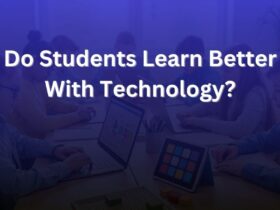


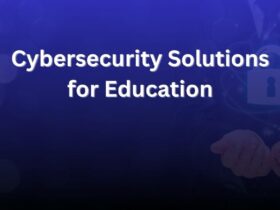
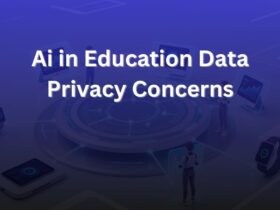
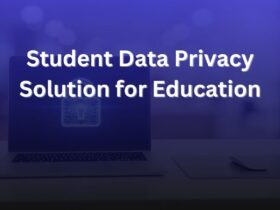




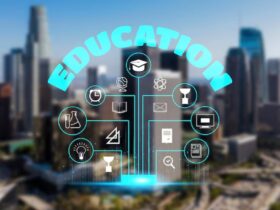


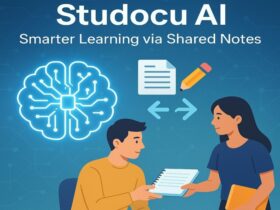













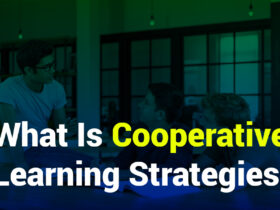





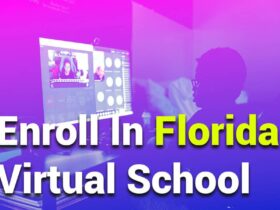
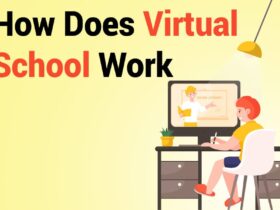







Leave a Reply